Deep within Vietnam’s Phong Nha-Ke Bang National Park lies a natural marvel that has captivated explorers and scientists alike. Son Doong, the world’s largest cave by volume, remained hidden from human eyes for millions of years until its chance discovery in the early 1990s. This colossal underground realm, shaped by the relentless force of an ancient river, houses a unique ecosystem that defies our understanding of subterranean environments.
The story of Son Doong is one of serendipity, perseverance, and the awe-inspiring power of nature. From its accidental discovery by a local man to its eventual exploration by international cave researchers, Son Doong continues to reveal its secrets, challenging our perceptions of the world beneath our feet. As we delve into the depths of this underground wonder, we uncover a testament to the Earth’s ability to create and sustain life in the most unexpected places.
The Accidental Discovery: Ho Khanh’s Fateful Encounter
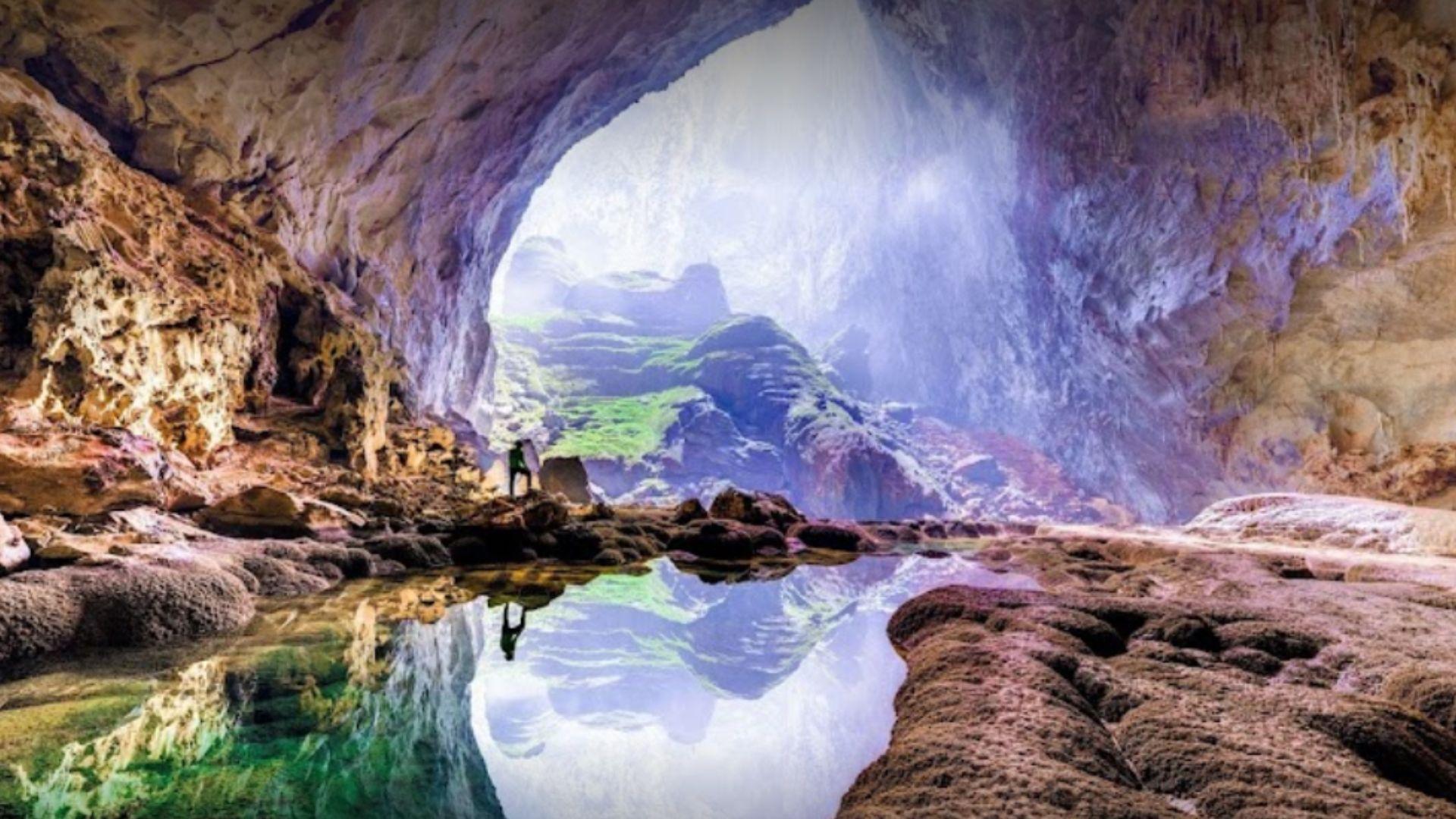
In the early 1990s, Ho Khanh, a local Vietnamese man, was foraging in the dense jungle of Phong Nha-Ke Bang National Park. His routine expedition took an unexpected turn when he stumbled upon a limestone cliff. Curious, he followed it, leading him to an opening he had never seen before. As he approached, he noticed something unusual: clouds of mist emerging from the entrance and the distant sound of rushing water.
Despite this intriguing find, Ho Khanh’s immediate needs for survival took precedence. He left the site, intending to return, but the cave’s location slipped from his memory for nearly two decades. It wasn’t until the early 2000s, when British cave explorers expressed interest in the area, that Ho Khanh’s memory was jogged. His rediscovery of the entrance set the stage for one of the most significant cave explorations in history.
Measuring the Immeasurable: How Son Doong Became the World’s Largest Cave

Determining the size of a cave is no simple task. Explorers use various methods to measure caves, including depth, length, width, and volume. In the case of Son Doong, its sheer size presented a unique challenge. The initial exploration in 2009 lasted only a week, but it was enough for researchers to estimate its volume at a staggering 38.5 million cubic meters, instantly positioning it as the world’s largest cave.
The measurement technique used for Son Doong involves cross-sections, where imaginary straight cuts are made through the cave at right angles. This method allows for a more accurate calculation of the cave’s volume. As exploration continued, the true extent of Son Doong became even more apparent. In 2019, further discoveries revealed connections to other cave systems, expanding its volume to an incredible 1.35 billion cubic feet, solidifying its status as the world’s largest cave.
The Underground River: The Sculptor of Son Doong
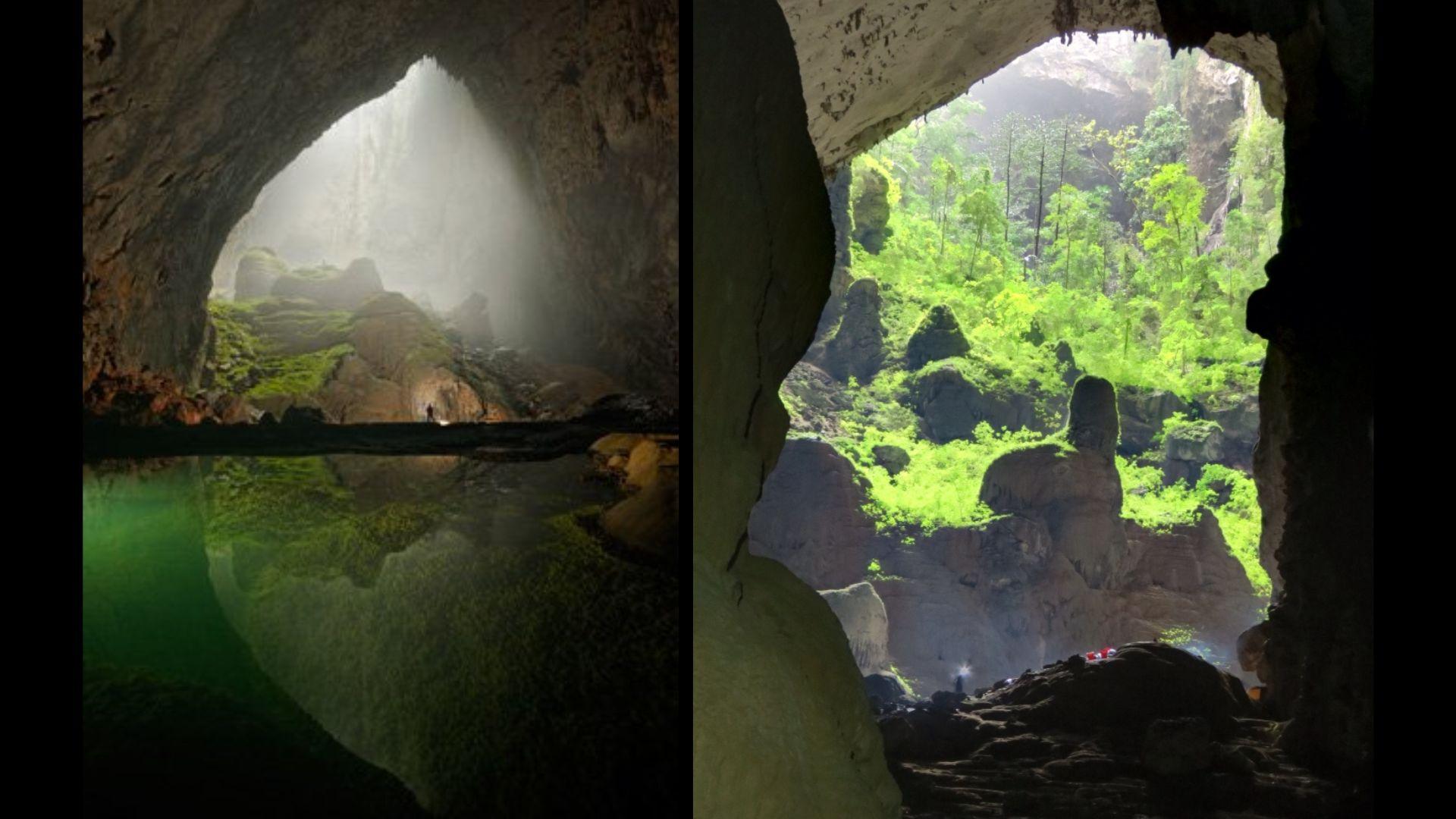
At the heart of Son Doong’s formation lies an ancient underground river. For millions of years, this hidden watercourse has been carving its way through the limestone, gradually hollowing out the enormous cavern we see today. As explorers descend into the cave, they encounter this river, still flowing and shaping the cave’s landscape. Its persistent force is a testament to the power of water in creating some of Earth’s most impressive natural wonders.
The river’s journey through Son Doong has created a diverse underground environment. In some areas, it forms deep, crystal-clear pools and lakes. In others, it leaves behind muddy stretches that challenge explorers. During certain seasons, parts of the cave flood, altering the landscape and contributing to the cave’s ongoing evolution. Interestingly, the origin of this river remains a mystery, hinting at the possibility of even more extensive cave systems yet to be discovered.
Dolines: Windows to the Underworld
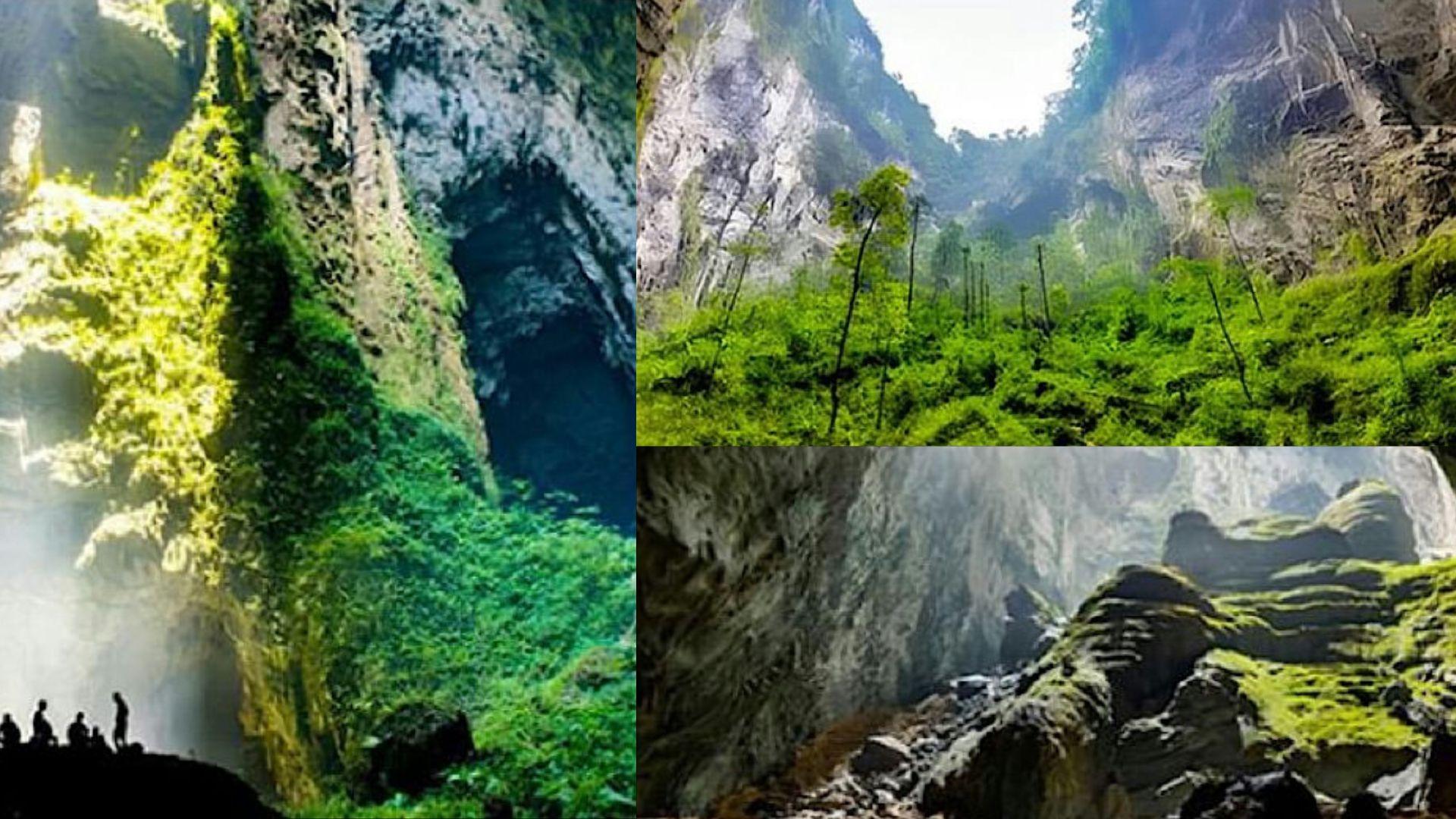
One of Son Doong’s most striking features is the presence of two massive dolines, or sinkholes. These natural skylights were formed when sections of the cave’s roof collapsed, creating openings to the world above. The dolines play a crucial role in Son Doong’s ecosystem, allowing sunlight to penetrate deep into the cave. This light creates a surreal scene where the darkness of the cave meets the lush green of plant life, forming a stark contrast that amazes all who witness it.
The largest of these dolines has given rise to a phenomenon known as the “Garden of Edam,” an underground rainforest thriving more than 200 meters below the Earth’s surface. This unique environment hosts its own ecosystem and even its own weather patterns. The interplay between the cave’s darkness and the sunlight streaming through the dolines has created a habitat unlike any other on Earth, showcasing nature’s incredible adaptability and resilience in even the most unexpected places.
The Garden of Edam: Earth’s Hidden Rainforest

The Garden of Edam is a testament to life’s tenacity, flourishing over 200 meters beneath the Earth’s surface. This underground rainforest owes its existence to the massive dolines that allow sunlight to penetrate the cave’s depths. The interplay of light, moisture, and the cave’s unique environment has created a lush ecosystem teeming with plant life, from delicate ferns to towering trees that stretch towards the distant sunlight.
This hidden world is more than just a collection of plants; it’s a self-contained ecosystem with its own climate. The interaction between the cool cave air and the warmth from the sunlight creates localized weather patterns, including mist and clouds that form within the cave itself. This microclimate supports a diverse array of plant and animal life, making the Garden of Edam a living laboratory for scientists studying how life adapts to extreme environments.
Life in the Depths: Son Doong’s Unique Ecosystem
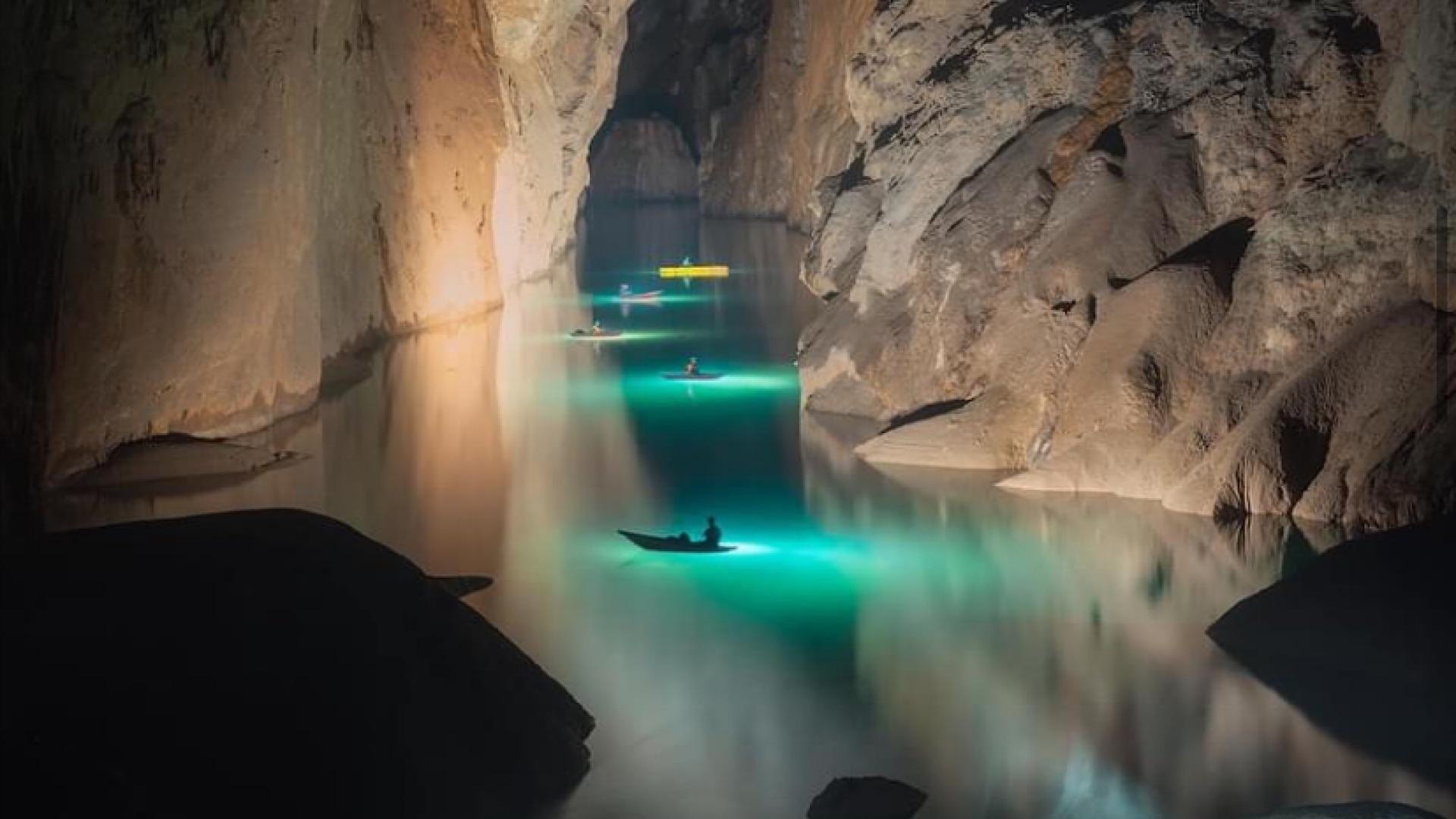
Son Doong’s vast chambers and varied environments support a rich tapestry of life, much of which remains to be fully explored and understood. From the underground river teeming with cave-adapted fish to the lush vegetation of the Garden of Edam, the cave is home to a diverse array of species. Some of these creatures may be entirely new to science, having evolved in isolation within the cave’s unique conditions.
The cave’s ecosystem extends beyond just plants and animals. Researchers have discovered complex communities of microorganisms thriving in the cave’s various niches, from the water-filled passages to the mineral-rich cave walls. These microbial communities play crucial roles in the cave’s ecosystem and may hold clues to how life can adapt to extreme environments. As exploration continues, Son Doong promises to reveal more secrets about the resilience and diversity of life on our planet.
The Great Wall of Vietnam: A Natural Barrier Within

Deep within Son Doong lies an imposing natural structure known as the Great Wall of Vietnam. This massive calcite barrier stands an impressive 90 meters (295 feet) high, dividing the cave and presenting a formidable challenge to explorers. Formed over millennia by mineral-rich water trickling down the cave walls, this natural wonder is a testament to the slow but relentless forces that shape underground landscapes.
Traversing the Great Wall requires specialized equipment and expertise, as its surface is often slick and treacherous in the cave’s dim light. For cavers, scaling this obstacle is not just a physical challenge but also a journey through time, as each layer of the wall represents thousands of years of geological history. The Great Wall serves as a reminder of the cave’s vast scale and the ongoing processes that continue to shape this underground world.
Expanding Horizons: The Connection to Hang Thung
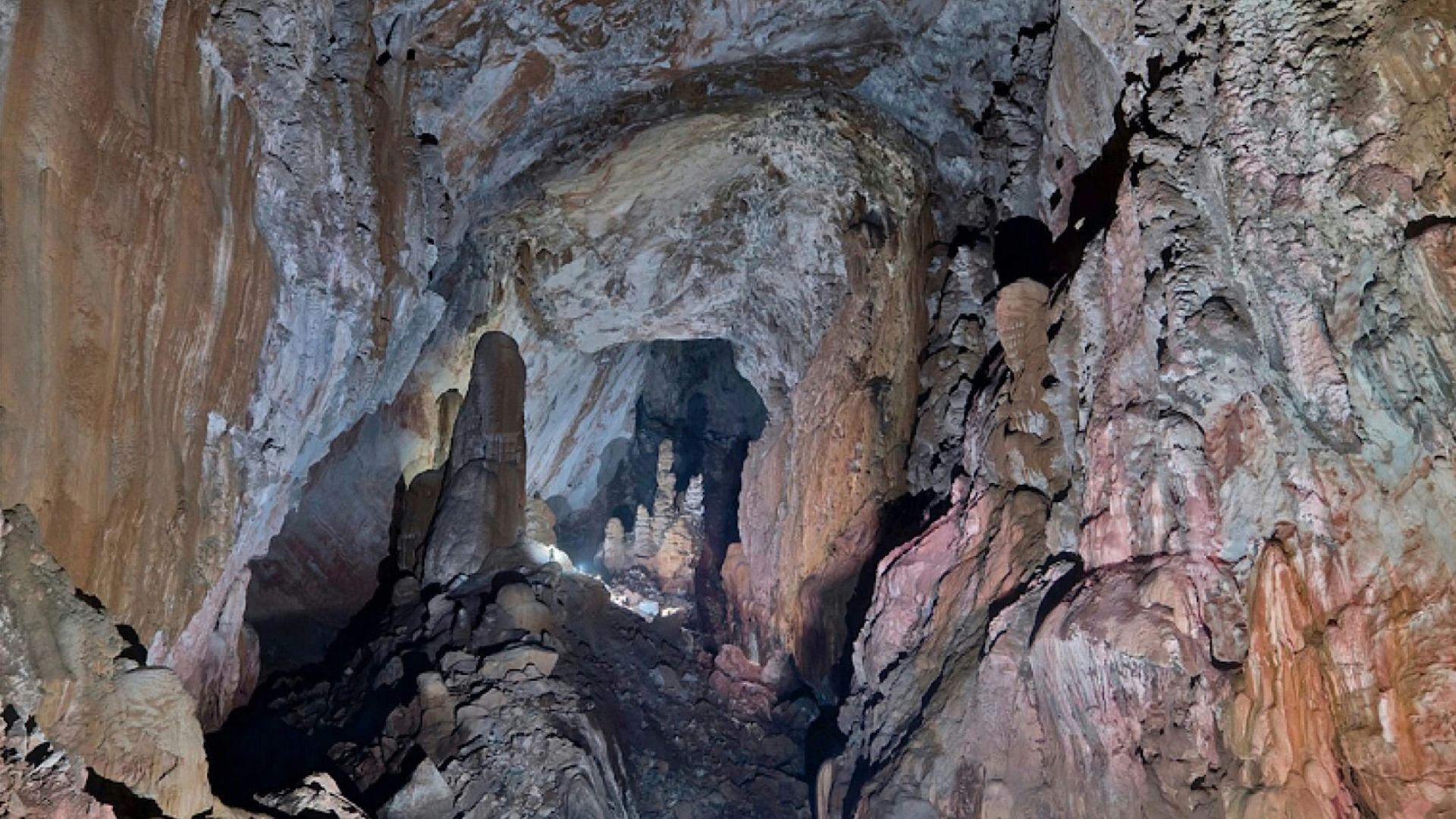
In 2019, a team of British divers made a groundbreaking discovery that expanded our understanding of Son Doong’s true extent. Their exploration revealed a connection between Son Doong and another nearby cave system called Hang Thung. This discovery not only increased the known size of Son Doong but also hinted at the possibility of an even larger underground network waiting to be explored.
The connection to Hang Thung raised Son Doong’s volume to an astounding 1.35 billion cubic feet, further cementing its status as the world’s largest cave. This finding opens up new avenues for exploration and research, suggesting that there may be more hidden passages and chambers yet to be discovered. It also underscores the interconnectedness of cave systems and the potential for future discoveries that could reshape our understanding of the underground world.
Preserving the Wonder: Conservation Efforts and Sustainable Tourism in Son Doong
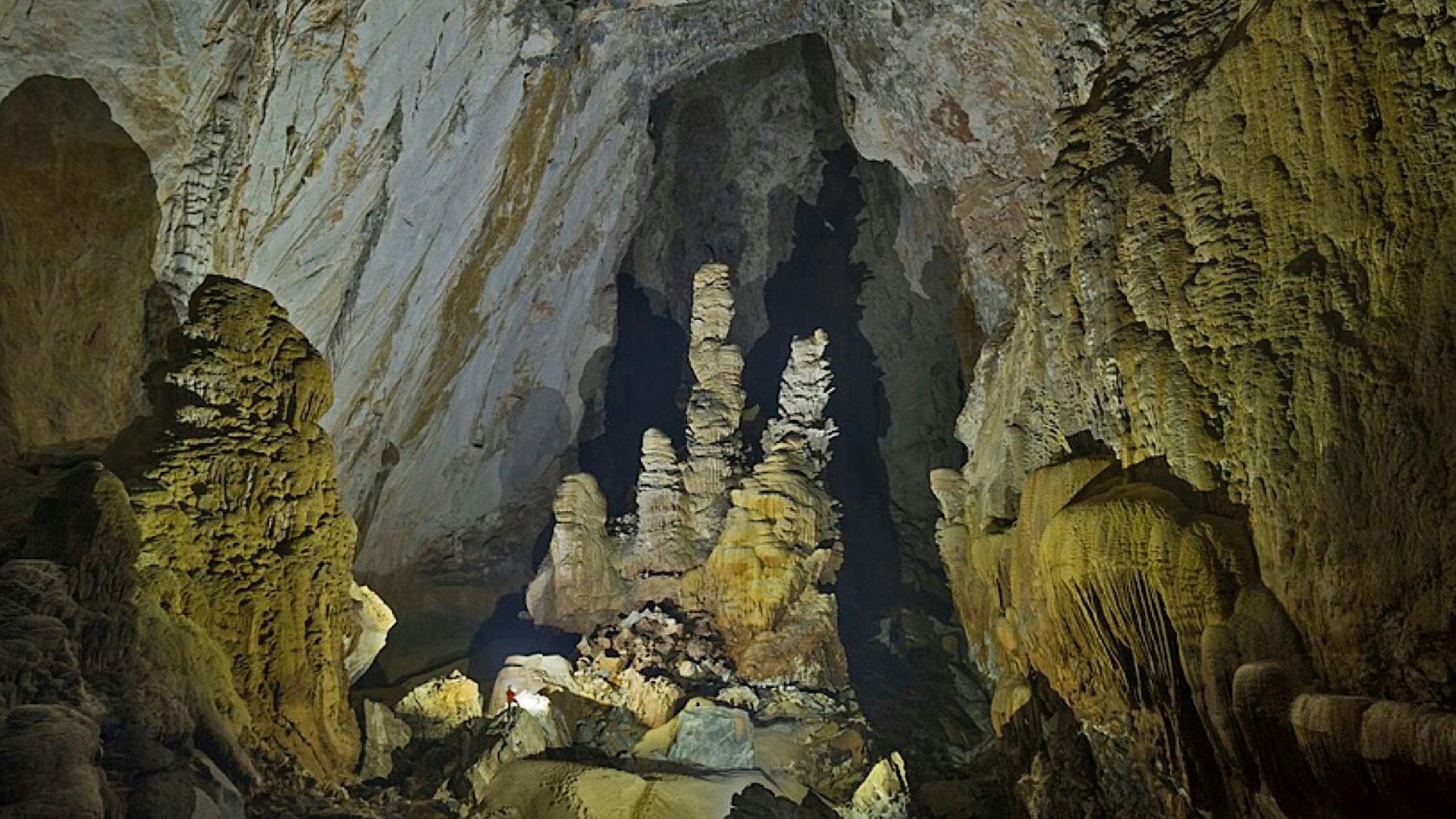
The discovery of Son Doong has sparked both excitement and concern among scientists and conservationists. While the cave offers unprecedented opportunities for research and exploration, it also faces potential threats from increased human activity. Efforts are underway to balance the desire for scientific study and public access with the need to protect this unique environment. Strict limits on the number of visitors and carefully managed tour groups are part of the strategy to minimize human impact.
Conservation efforts extend beyond just controlling access. Researchers are working to document and understand Son Doong’s delicate ecosystem, including its rare species and unique geological features. This knowledge is crucial for developing long-term preservation strategies. Additionally, local communities are being engaged in conservation efforts, recognizing that their involvement is key to the cave’s long-term protection. The goal is to ensure that Son Doong remains a natural wonder for future generations to explore and study, while also providing sustainable economic benefits to the region.

